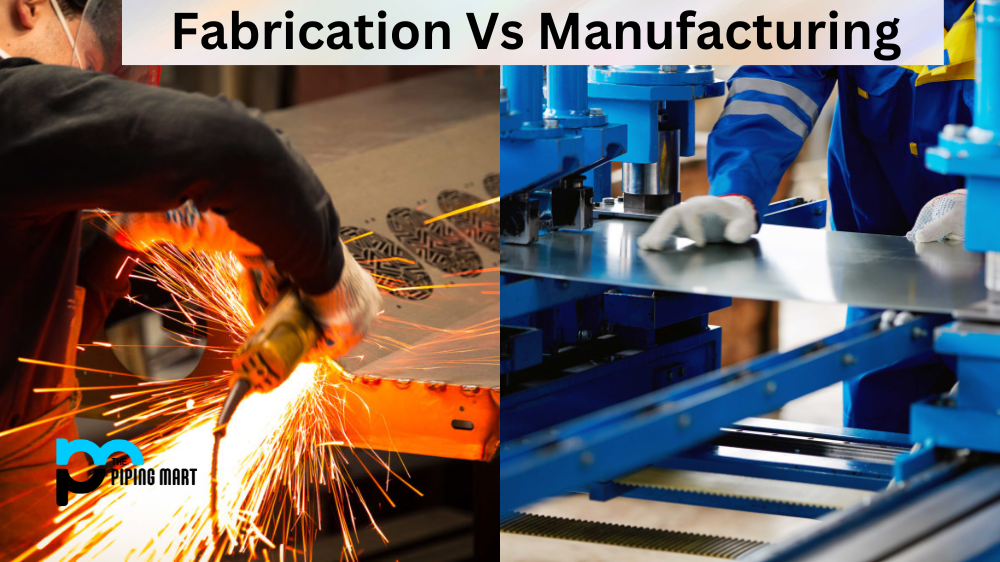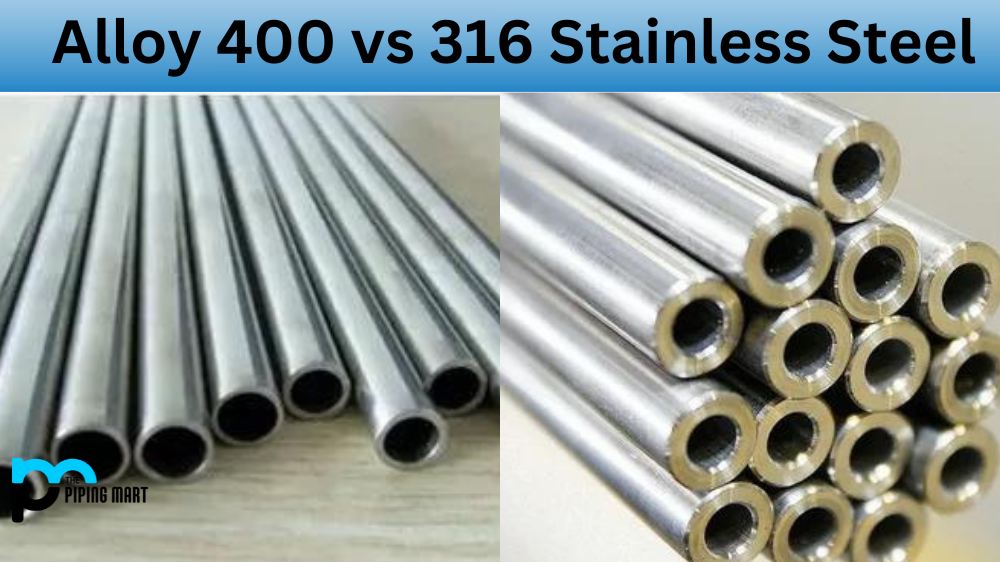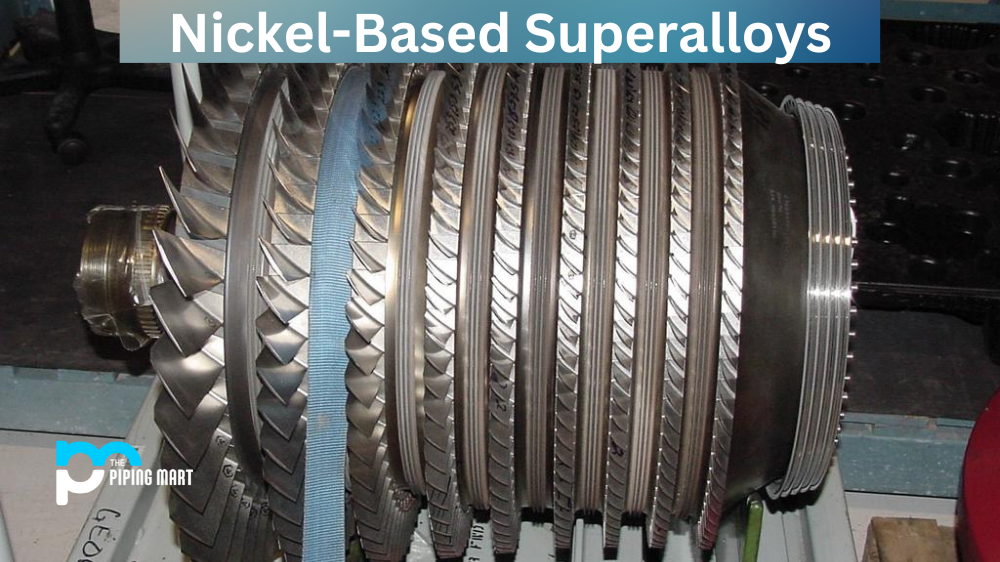We often hear the terms “fabrication” and “manufacturing” used interchangeably, but they actually have different meanings. While both involve the production of a product, they do so in very different ways. In this blog post, we’ll break down the difference between fabrication and manufacturing so that you can better understand how each one works.
What Is Fabrication?
Fabrication is a process by which individual components are assembled into a complete product. This typically involves cutting, welding, and forming raw materials into the desired shape or form. The most common form of fabrication is metalworking—the process of shaping metals into parts or products using tools such as saws, drills, presses, lathes, and grinders. Other forms of fabrication include woodworking (shaping wood into products), plastic fabrication (forming plastics into products), and glass fabrication (forming glass into products).
What Is Manufacturing?
Manufacturing is an industrial process by which components are transformed into finished goods ready for distribution to end users. This typically involves combining raw materials together with parts created through fabrication processes. The finished product is then packaged and shipped to customers or retailers for sale. Manufacturing can be done on a large scale in factories or on a smaller scale in workshops, or even at home with specialized machinery.
Difference Between Fabrication and Manufacturing
The difference between fabrication and manufacturing is vast. Fabrication generally involves taking pre-fabricated components and combining them into a final product, while manufacturing typically refers to the beginning-to-end process of creating a new item from raw materials. Using fabrication can result in projects that are produced quickly as well as cost-efficiently, but it’s not as customizable or individualized as products that are fully manufactured. Manufacturing can also employ industrial machinery and robots for large scale output, which isn’t typically utilized for fabrication projects.
The main difference between the two is that while fabrication focuses on creating individual components from raw materials, manufacturing focuses on transforming those components into finished goods ready for distribution to end users. Manufacturing also typically involves automation with machines that can produce multiple items quickly and efficiently with little human intervention required.
Conclusion:
At its core, the difference between fabrication and manufacturing is simple: one creates individual components from raw materials while the other transforms those components into finished goods for sale to consumers. Understanding these two processes can help you make more informed decisions when it comes to producing your own products or contracting out services from a third-party manufacturer or fabricator. Hopefully, this blog post has provided some insight into how these two processes work differently but ultimately come together to create great things!

Pipingmart is a B2B portal that specializes in metal, industrial and piping items. Additionally, we share the latest information and information about materials, products and various types of grades to assist businesses that are involved in this business.




